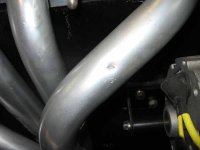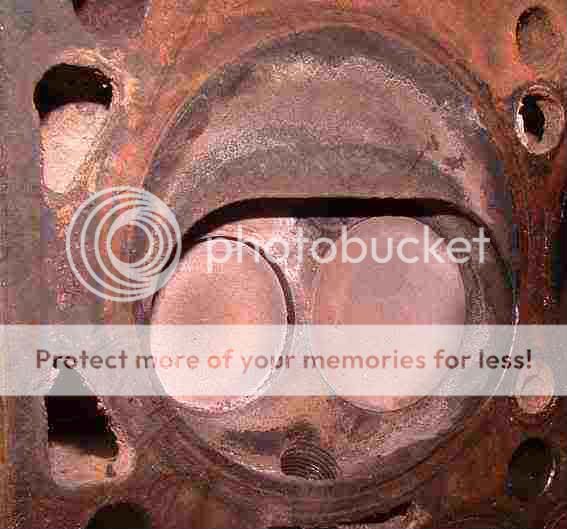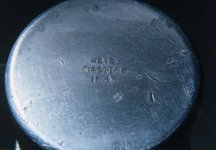hermanmaire
Jedi Hopeful
Offline
I am finally at the point where I am trying to get my TR3A running. The engine was fully rebuilt by the previous owner with larger pistons and cylinders. This engine was never started .
I have been struggling for 2 days trying to get it to start. I am turning the distributor while cranking and it just cranks and cranks and never catches. After charging up the battery for a 3rd time, I try to start it again and a miracle happens, it fires up instantly and revs up pretty high. I rush to shut it off !!
I have not been able to start it since. I am just not familiar with these cars. Things I have done-
- checked for spark - appears to be very strong
- fuel pump seems to be working fine
- I checked the carburetor float bowls and they seem full of fuel ( the float is about .5 inch from the top of the float bowl ) . Is that correct?
- added carburetor damper oil ( I used the small cap from a quart oil bottle, I put one full cap)
- I checked the valves and set them to .30mm
- tested with a test light ( both terminals on the coil light up the test light. the small wire to the distributor also lights up the test light very brightly)
I cannot understand how the engine fired up . Its seems like no fuel is being sucked into the cylinders when cranking. The spark plugs barely smell like gas after 2 days of cranking.
any suggestions really appreciated. Its nuts how such a simple car is giving me such a difficult time.
I have been struggling for 2 days trying to get it to start. I am turning the distributor while cranking and it just cranks and cranks and never catches. After charging up the battery for a 3rd time, I try to start it again and a miracle happens, it fires up instantly and revs up pretty high. I rush to shut it off !!
I have not been able to start it since. I am just not familiar with these cars. Things I have done-
- checked for spark - appears to be very strong
- fuel pump seems to be working fine
- I checked the carburetor float bowls and they seem full of fuel ( the float is about .5 inch from the top of the float bowl ) . Is that correct?
- added carburetor damper oil ( I used the small cap from a quart oil bottle, I put one full cap)
- I checked the valves and set them to .30mm
- tested with a test light ( both terminals on the coil light up the test light. the small wire to the distributor also lights up the test light very brightly)
I cannot understand how the engine fired up . Its seems like no fuel is being sucked into the cylinders when cranking. The spark plugs barely smell like gas after 2 days of cranking.
any suggestions really appreciated. Its nuts how such a simple car is giving me such a difficult time.

 Hi Guest!
Hi Guest!

 smilie in place of the real @
smilie in place of the real @
 Pretty Please - add it to our Events forum(s) and add to the calendar! >>
Pretty Please - add it to our Events forum(s) and add to the calendar! >> 






